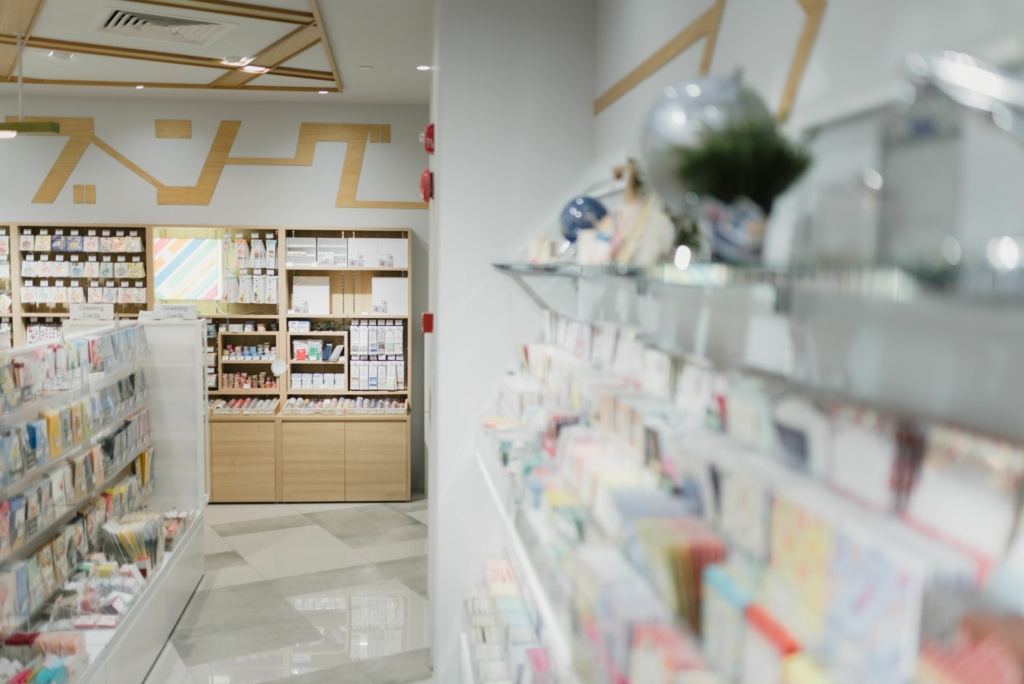What is roseola?
Roseola, also known as sixth disease, is a viral infection most commonly caused by human herpesvirus 6 (HHV-6). It primarily affects babies and toddlers between the ages of 3 months and 2 years, though older children can sometimes get it too.
While roseola infantum symptoms may look concerning, especially the sudden high fever, it is a mild illness that leaves no lasting effects and usually only requires symptom management.
Roseola in adults is rare, but it can occur, especially in individuals with weakened immune systems.
How is roseola transmitted?
The roseola virus is highly contagious, especially in places where young children are in close contact, such as daycares, preschools or even at home. Roseola disease spreads through:
- Respiratory droplets from an infected person (e.g., coughing or sneezing)
- Direct contact with saliva or nasal secretions of a sick child
The incubation period ranges from 5 to 15 days. Roseola is most contagious before the rash appears, which makes prevention difficult even with good hygiene practices.
Should a child with roseola stay home from daycare or school?
In most cases, children with roseola don’t need to be excluded from daycare or school. The child is most contagious before the roseola rash appears, usually during the fever phase. Once pinkish spots appear, the child is typically no longer contagious and can return to regular activities as long as they feel well enough to participate.
What are the symptoms of roseola?
Roseola infantum symptoms tend to appear in two distinct phases:
Phase 1 – Sudden high fever
- A sudden, high fever (39–40°C / 102–104°F) lasting 3 to 7 days
- Irritability, fatigue, and loss of appetite
- Occasionally, swollen lymph nodes or a red throat
Phase 2 – Roseola rash
When the fever drops suddenly, a pinkish roseola rash appears – flat or slightly raised spots that:
- Usually start on the trunk (back, stomach, chest)
- May spread to the neck, face, arms, and legs
- Are not itchy or painful
- Fade within 24 to 48 hours without leaving marks
During this second phase, children typically regain their appetite and energy.
In adults, roseola is rare, and symptoms are usually milder, such as a low-grade fever, fatigue and sometimes a very faint rash.
How long does roseola last?
- The fever usually lasts 3 to 7 days.
- The roseola rash fades within 1 to 3 days.
- After that, the child typically regains full energy quickly.
Can roseola be prevented?
It’s difficult to prevent roseola, because a child is contagious even before the first symptoms appear. However, a few simple hygiene habits can help reduce the spread of the roseola virus and other common infections:
- Wash hands often, especially after wiping a child’s nose or after close contact
- Use disposable tissues and throw them away immediately
- Avoid sharing toys, cups or utensils during the fever phase
- Ventilate rooms where children play regularly
Even with good prevention, roseola disease remains a common childhood illness but it is usually mild and short-lived.
How is roseola treated?
There is no specific treatment, vaccine or antibiotic for roseola, as it is caused by a virus. Management focuses on relieving symptoms:
- Fever-reducing medications such as acetaminophen
- Plenty of fluids to prevent dehydration
- Rest and lightweight clothing to avoid overheating
In babies, it’s especially important to monitor both fever and hydration. While roseola in infants is generally mild, the high fever can occasionally trigger a febrile seizure in young children.
When should you see a doctor?
Consult a healthcare professional promptly if:
- The fever lasts more than 5 days
- The child is unusually drowsy or hard to wake
- They completely refuse to drink
- A febrile seizure occurs
- Any other concerning symptoms appear, such as breathing difficulties or an unusual rash
How can your pharmacist help with roseola?
Your Accès pharma chez Walmart pharmacist is here to support and guide you if your child has roseola. They can:
- Explain how to safely manage fever
- Recommend suitable medications for babies and young children
- Help you to recognize when it’s time to see a doctor
Don’t hesitate to visit your local pharmacy. Find the nearest Accès pharma location and get clear answers and professional care for your family’s health.
This information is provided for educational purposes only and does not replace the advice of a healthcare professional. Always consult your pharmacist or doctor for personalized care.


